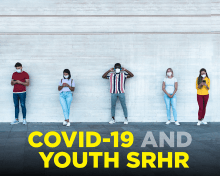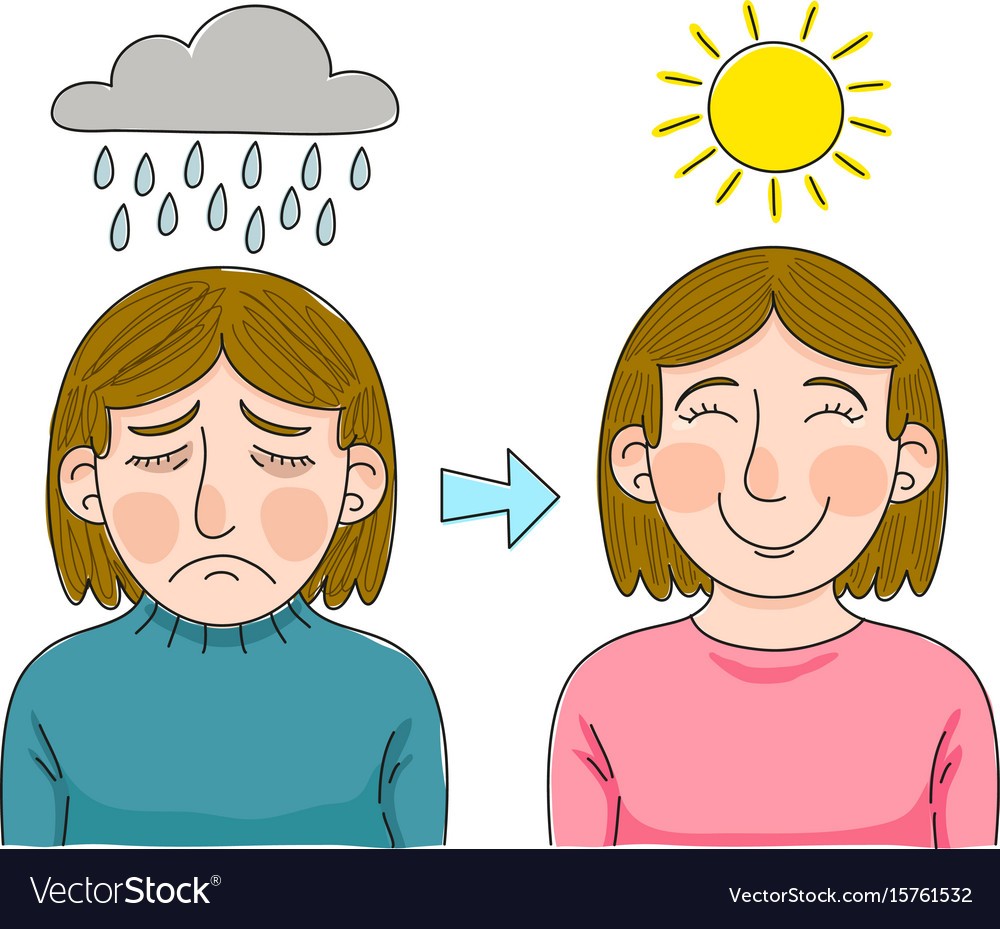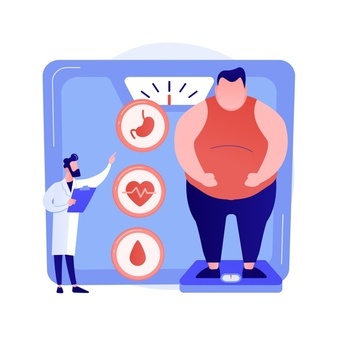ADOLESCENTS AND SEXUAL EDUCATION DURING THE COVID-19 PANDEMIC AND BEYOND


Written by Lucy Guan, Master of Public Health student at Columbia University with an interest in sexuality and reproductive health.
Comprehensive sexual education and conversations with adolescents about sexual pleasure and intimacy are even more important during and after the COVID-19 pandemic than they were before, especially as the return to a new normal may be approaching. Normally, the teenage years are marked by budding independence, social pressures and interests in relationships and sexual intimacy. Throughout the pandemic, teenagers have experienced limitations in their ability to explore connections and mingle with their peers. Their social connections have been profoundly impacted by stay-at-home orders and school closures all around the world.
As they come out of a period of their lives defined by virtual interactions and time spent alone, teenagers may feel like they will be making up for lost time. Stay-at-home orders and parents close by have prevented some teenagers from having partnered sex. Unsurprisingly, they have been using more digital communication, including romantic and sexual interactions via online conversations through social media, sexting, and other online activities. As most countries are easing out of lockdown, adolescents can now expect to spend more time in school with their peers.
When it comes to sex and relationships, independently of the ongoing pandemic, teenagers should be equipped with a sense of agency, not just in knowing how to have safe sex, but how to have a positive experience and how to comfortably talk about it. Asking for consent or asking about a partner’s sexual history, while not easy, are relatively straightforward ideas. What happens after is more complicated. Unlike how to correctly use a condom, there are no step-by-step instructions on how to navigate sexual feelings. Now is the time to encourage young people to feel empowered to explore their sexuality, as the pandemic has introduced new challenges that will likely remain for some time.
A broad-based sexual education for adolescents can mean incorporating sexual pleasure into already existing topics. What if when we talk about consent, we expand the conversation into the importance of communicating boundaries, embracing equal partnership in sexual acts, or even talking with a partner about what feels good and what does not? What if when we talk about safe sex, we discuss how using a condom does not have to be at the expense of pleasure? Sexual education without the discussion of pleasure maintains a void that adolescents are left to blindly explore on their own. As they dive into their first sexual encounters, they may find themselves unprepared to navigate the complexities of relationships and sexual intimacy.
Given the pandemic, formal school-based sexual education has migrated to the virtual classroom for many students. The curriculum is still largely focused on abstinence, contraceptives, STIs and consent, leaving little room for discussion about sexual pleasure. Frank discussions about pleasure, desire and passion with students can be uncomfortable, especially as educators are aware that parents may be listening alongside their students’ computer screens. Considering this overwhelming responsibility, we can never expect the full extent of understanding sex at a young age to be boiled down to only a handful of lessons in the classroom, virtual or otherwise.
It is no surprise that teenagers are left with questions and curiosity, turning to naive speculation among friends and incognito-mode Google searches. Aside from formal sex education, they take in a significant amount of information from friends, partners, family, TV and movies, music, and online media.
Adolescents might turn to sexually explicit online media, which undeniably shapes their views of sexual expectations, gender norms, and intimacy. This exposure can have both positive and negative influences. Lacking boundaries or filters for younger audiences, uncensored media can portray problematic and unrealistic images about sexual behavior and sexual pleasure. It might also encourage adolescents to see sexual activity through someone else’s lens as opposed to their own feelings and desires. A study by Herbenick, et al. published in the Journal of Sexual Medicine found significant associations between pornography use and specific sexual behaviors. On the other hand, sexual media can allow young people to explore their sexuality privately and safely.
This highlights the importance for adolescents to think about and understand the sexual media to which they are constantly exposed. Along with sexual pleasure, this is an aspect of sexual education, formal or otherwise, that should be at the forefront for adolescents, as increased screen time and exposure to online sexual media will only continue to shape their perceptions on sex and intimacy even after the pandemic. With the growing emphasis on safe sex, healthy relationships and consent, sexual education is beginning to meet modern demands. These strides, however, must continue with the inclusion of sexual pleasure and literacy of sexual media. This should not mean other key topics necessarily have to be pushed to the periphery either. As approaches to adolescent health and education will be adapted following the impacts of the pandemic, these valuable aspects of sexual health and education cannot be overlooked.
A transition back to normal adolescent life will be challenging in unpredictable ways as COVID-related restrictions and social distancing protocols begin to ease in some parts of the world. As they ease back into attending school and socializing with their peers, letting teenagers figure it out on their own is not enough. A failure to normalize sexual pleasure reduces the complex reality of sex and intimacy. These conversations ought to validate the wide range of sexual experiences that teens may have and acknowledge the roles of culture, gender identity, and sexual diversity in informing these personal experiences. Efforts to support adolescent sexual and reproductive health and education need to acknowledge the broader impact that the pandemic has had on their ability to positively experience their sexuality and engage in intimate relationships.
The pandemic has altered not only adolescents’ intimate relationships, sexual activity, and sexual education, but also their access and use of sexual and reproductive health services, such as contraceptives and STI screenings and treatment, and the impact these changes have had on teenagers socially and developmentally is still unfolding. As the world continues to overcome today’s unprecedented public health crisis, sexual education that comprehensively normalizes pleasure, intimacy and sexual diversity is still essential to adolescents’ wellbeing.
Reference: http://www.srhm.org/news/adolescents-and-sexual-education-during-the-covid-19-pandemic-and-beyond/






Nice article..
keep Mooving
Appreciated!!!